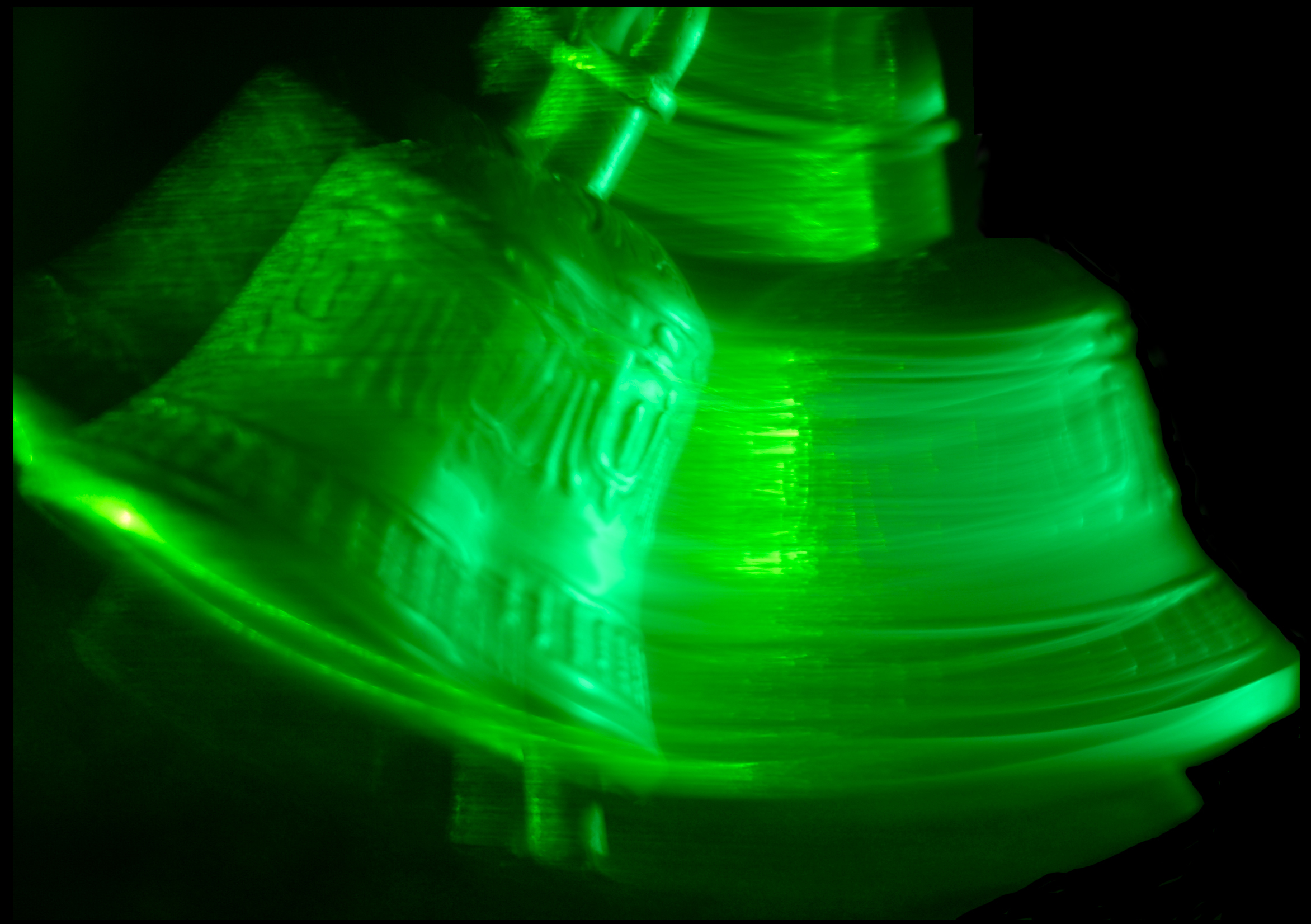The Temporal Auditory Imaging Theory
"With the four-dimensional space curved, any section that we make in it also has to be curved, because in general we cannot give a meaning to a flat section in a curved space." (Paul Dirac, 1963)
"Information is physical." (Rolf Landauer, 1996)

This website is dedicated to the temporal auditory imaging theory, which rigorously develops the understanding of what the human ear does. It does so by following the sound wave from the acoustic source in its natural environment, through all the ear organs and into the brain. This approach strongly relies on analogous principles of visual imaging that are intuitively accessible to all visually-intact individuals. Furthermore, the theory makes use of the communication-theoretic aspects that naturally apply to the acoustics sources and auditory system and facilitate information transfer in hearing through sound using modulation and demodulation. These ideas allow for several testable predictions – some of which were examined in the text, whereas others may have to wait for future researchers to follow up on these ideas.
The scope of the auditory imaging theory does not have any contemporary parallels. Classical hearing theories, culminating in works by Helmholtz and Békésy, have tended to cover the mechanical parts of the ear with particular emphasis on the cochlea, while neglecting the auditory brain function (see the review of available acoustic theory in here). More recent research has tended to emphasize the role of the auditory cortex and higher cognitive parts of the brain in the formation of an organized auditory landscape. Yet another recent trend in hearing science tends to focus on computational modeling of the auditory system's response to various signals, using building-block models from signal processing, physiology, neurophysiology, and biophysics. Such elaborate models may account for direct physiological measurements at different stages along the auditory pathways, but they may also fall short in providing insight and overall understanding of what the system does as a whole. Therefore, while useful in their own right, these models are not dealt with in the present text. Rather than contradicting current models and perspectives of auditory science, this theory unites several loose ends in the current literature by elucidating intuitive concepts from imaging such as auditory object, image, focus, sharpness, blur, depth of focus and others.
The temporal auditory imaging theory is the first hearing theory to explicitly discuss the following topics:
- Temporal imaging, complete with temporal imaging equations from optics (based on the "paraxial" dispersion equation)
- Auditory image sharpness, focus, and blur
- Auditory depth of field
- Auditory theory of (partial) coherence, based on wave physics (and not exclusively binauaral)
- Auditory defocus
- The auditory system as an engineered communication system (receiver) based on communication engineering principles, where modulation is inherent to information transfer, rather than a special feature of signalling
- The cochlea as a phase-locked loop (PLL)
- Coherence conservation in the cochlea
- The cochlear time lens
- The auditory aperture
- The inferior colliculus as the auditory retina
- Supra-threshold masking as a measure of auditory image quality
- Auditory accomodation
- Dual hearing system with coherent and incoherent streams, resulting in a partially coherent image
- Dispersive hearing impairments
- Curvature in time-frequency signals as a fundamental property relavant to hearing
Originally made public in November 2021, the theory was posted on arXiv as a large PDF manuscript. This web version was made with the intention to ease the search of the theory and its novel ideas, thereby making it more readily available to a wider audience. The text is identical to version 7 of the manuscript (June 2024). All chapters have dedicated pages alongside their respective PDF versions. Use the side menu and tables of contents to navigate betweeen sections.
To cite this work, please use:
Weisser, Adam. Treatise on hearing: The temporal auditory imaging theory inspired by optics and communication. arXiv preprint arXiv:2111.04338 (2021)
https://doi.org/10.48550/arXiv.2111.04338
Original images may be reproduced with full acknowledgement to the source section and text.
Note that this hearing theory is complemented by a much more general theory of frequency that can be found here:
https://zenodo.org/records/15162477
 )
)